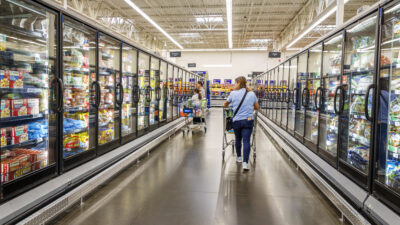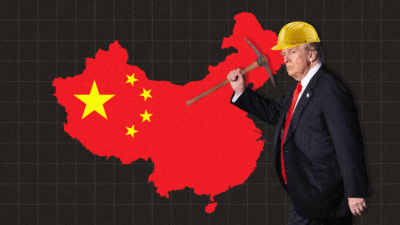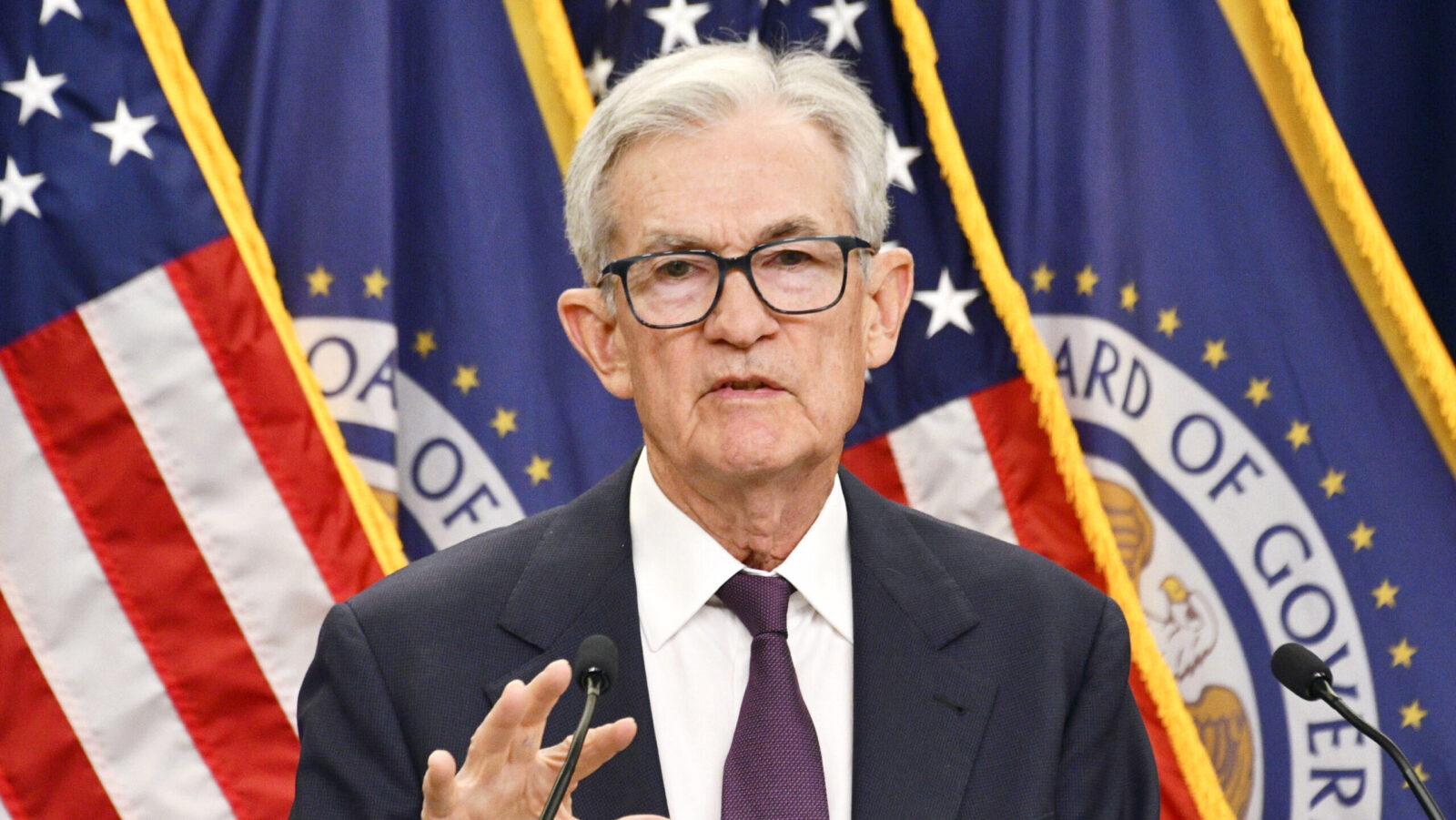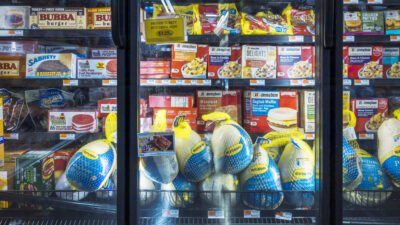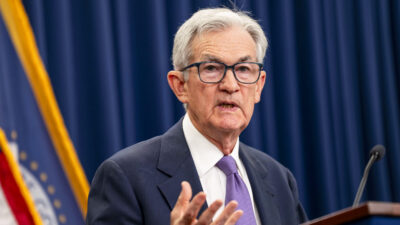Thinning Cattle Herds Drive US Beef Prices to Record Highs
US cattle inventories have been battered by drought, leading to record beef prices and a long road to bringing them down.
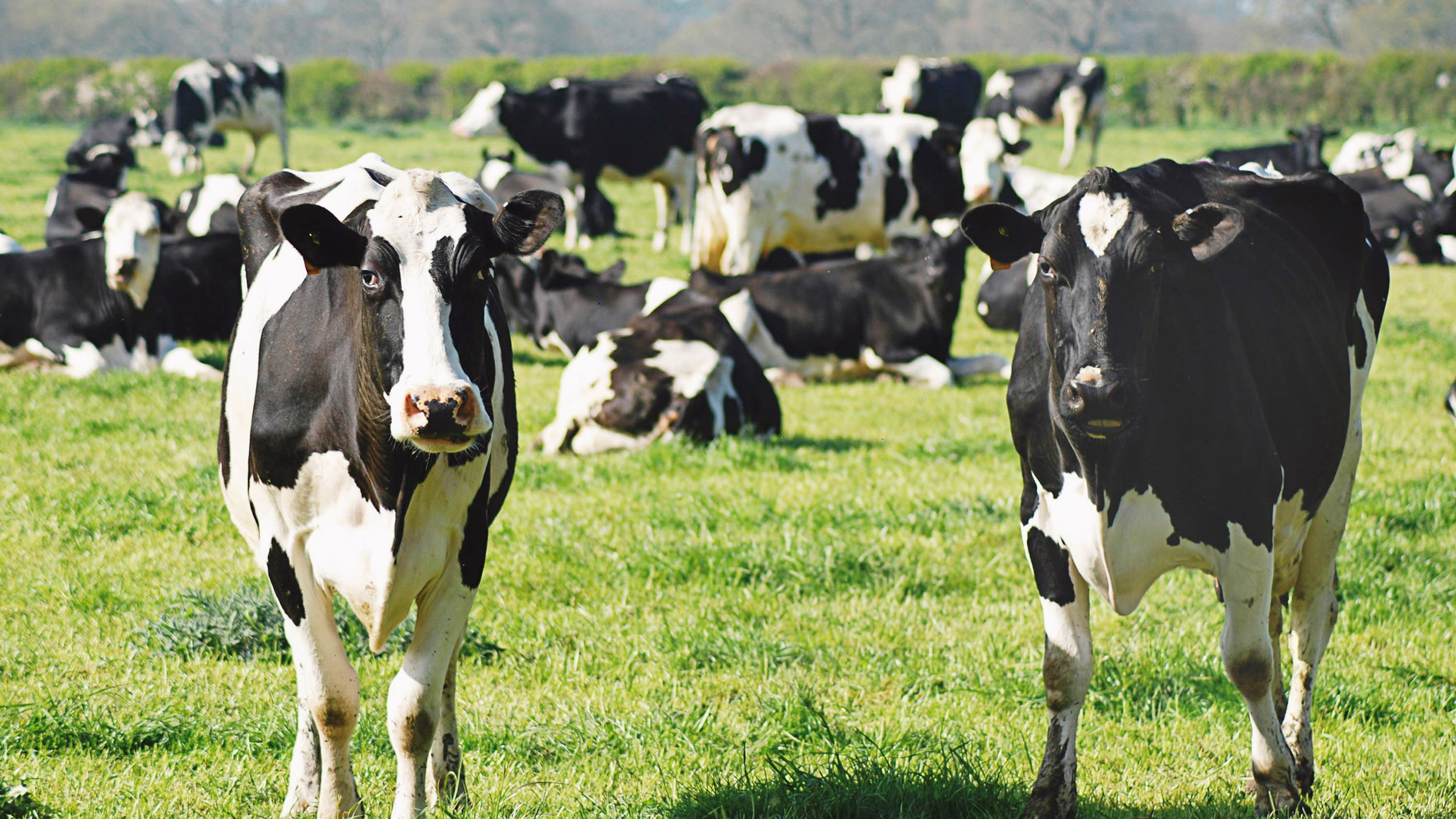
Sign up for smart news, insights, and analysis on the biggest financial stories of the day.
Tallow facials, grilling season, and Americans’ obsession with red meat are costing an increasingly pretty penny.
US beef prices have been surging to record highs as a combination of market factors has steadily thinned beef cattle herds to lows unseen since the 1960s. The average price of a pound of ground beef rose to $5.80 per pound in cities in April, and uncooked beef steaks hit $11.12, according to data from the Labor Department.
Don’t Have a Cow
Before meat gets to a plate, farmers have to make a series of cost-benefit decisions that determine what percentage of their herds should be taken to market. When rising feed costs eat too far into profit margins, they’re compelled to thin their herds, rather than breed them.
The National Agricultural Statistics Service’s annual cattle report, published at the end of January, showed that herds continued to contract last year. The inventory of beef cow herds was about 28 million head, down 0.5% — a smaller contraction than the year prior but still the lowest level since 1961. Total cattle herd figures have also hit multi-decade lows as consumer demand outstripped supply, and cattle not usually used for beef were sent to slaughter.
Part of the thinning is normal — the industry is steered by cattle cycles that tend to run eight to 12 years, a pattern that follows cattle production and cattle producers’ responses to market dynamics. The current cycle, which began in 2014, hit a contraction phase in 2020 that has stretched into this year in part due to drought. What’s unusual about this cycle is that high prices haven’t yet led to growth in cattle herds.
Food retailers and distributors have taken note of how that has translated to eye-popping beef prices:
- During Kroger’s March earnings call, interim Chief Financial Officer Todd Foley said that while eggs were grabbing the headlines, beef and other meat categories were “extreme or outlier inflation commodities.”
- “In beef, we’re navigating a challenging environment with discipline,” Donnie King, chief of Tyson Foods, said during his company’s earnings call last week. “While limited cattle availability is pressuring spreads, consumer demand has remained resilient.”
The numbers aren’t looking good in the near term, per industry publication Farm Talk. The cow culling rate in 2024 dropped to 10%, so another sharp decline this year could mean a slight herd growth. That said, 2025 slaughter rates would have to decline 12% year-over-year to meet the last three herd expansion averages of under 9%.
Herd Inflection: Heifer retention this year will determine herd dynamics for the next couple of years, given that cattle reach market weight at 18 to 22 months. While inventories are still looking for a bottom, if this cycle follows historical trends, herds should expand and beef prices normalize in the next couple of years.

